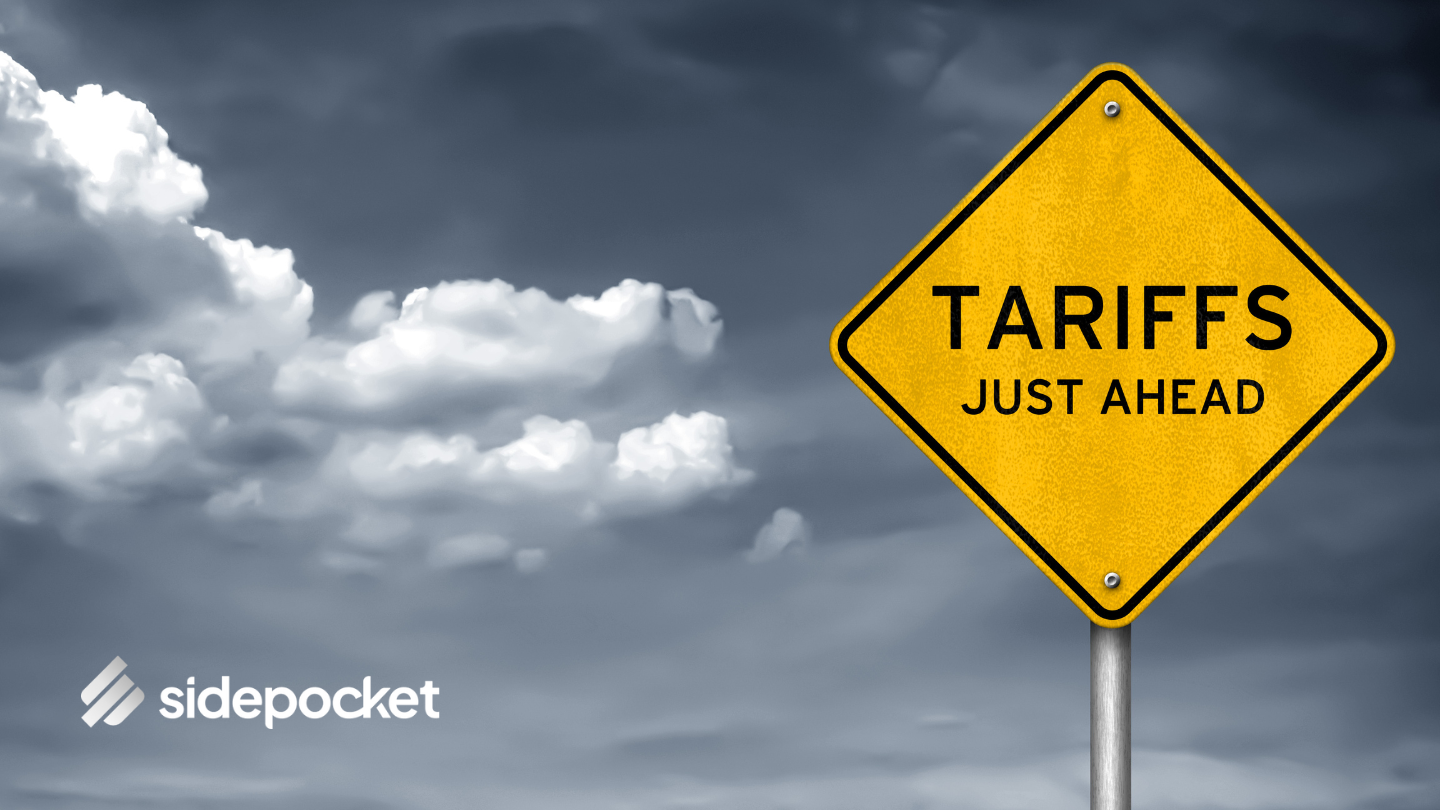Investing During a Trade War: How to Protect Your Money When Tariffs Hit

Tariffs are back in the headlines, and markets are reacting. Higher import costs squeeze corporate profit margins and more.
Investing During a Trade War: How to Protect Your Money When Tariffs Hit
1. Understand How Tariffs Move Markets
- Tariffs raise costs for companies that rely on imported inputs. Lower margins can drag share prices—especially in manufacturing, tech hardware, and consumer electronics.
- Inflation risk increases as higher import prices feed into consumer goods. Central banks may react with tighter policy, hitting growth stocks.
- Currency swings intensify because countries targeted by tariffs may let their currencies weaken, affecting multinational revenues.
- Supply chains reconfigure, creating winners (domestic producers, substitute suppliers) and losers (import‑dependent firms).
Knowing these mechanics helps you anticipate where volatility—and opportunity—will emerge.
2. Check Your Current Exposure
Review your portfolio (or let Sidepocket do it in a single dashboard) and ask:
- Am I heavily concentrated in tariff‑sensitive sectors like semiconductors or apparel?
- Do my holdings rely on overseas supply chains vulnerable to higher costs?
- How much of my portfolio is in small‑cap exporters that could benefit from domestic substitution?
A quick sector scan in your brokerage or Sidepocket’s “position exposure” panel will show you the hotspots.
3. Strengthen the Core with Broad Diversification
Tariff headlines can create sharp, short‑term selloffs in specific industries. A diversified core—broad‑market ETFs and low‑cost index funds—cushions single‑sector shocks. If you build positions manually, make sure no single industry exceeds 20 percent of your total portfolio. Sidepocket’s Core Risk‑Aware Index model automatically maintains a broad base, then layers on tactical hedges when volatility rises.
4. Add Tactical Hedges for Direct Tariff Risk
Here are three straightforward hedges you can deploy—or let Sidepocket’s quant engine handle automatically:
- Short‑term Treasuries. Government‑bond ETFs like BIL or SHV tend to hold firm (or appreciate) when tariff news sparks equity selloffs and a flight to safety.
- Commodity exposure. Tariffs often drive commodity price spikes or dips. A small sleeve in a broad commodity ETF can offset inflation surprises.
- Factor tilts (minimum volatility, quality). Funds such as USMV allocate toward lower‑beta, stable companies that often hold up better during policy shocks.
Sidepocket’s tactical models rotate into these risk‑off assets when our volatility and macro signals flag tariff‑driven stress—even if you’re asleep.
5. Consider Domestic Beneficiaries
Not every tariff is bad news. Domestic suppliers that replace imported goods can gain market share. Look for companies with:
- High U.S. revenue share
- Vertical integration (less reliance on imported inputs)
- Pricing power that lets them pass along higher costs
Sidepocket’s Momentum‑Quality model already screens for firms exhibiting these defensive traits, then caps position sizes to keep single‑stock risk tame.
6. Stay Clear of Over‑Concentrated “Tariff Victims”
Tempting as it is to bargain‑hunt, beware of companies that:
- Derive >50 percent of revenue from tariff‑targeted regions
- Have razor‑thin margins that can’t absorb cost increases
- Lack pricing power or flexibility in sourcing
These names may look cheap, but prolonged policy battles can keep them cheap for years.
7. Automate and Monitor
In tariff cycles, volatility can spike overnight on a single tweet or press release. Two habits will help you stay disciplined:
- Automate contributions. Keep buying into your diversified core regardless of headline noise. Dollar‑cost averaging smooths entry price and sidesteps emotion.
- Monitor risk metrics, not just price. Drawdown, Sharpe, and Sortino ratios tell you whether volatility is getting compensated. Sidepocket updates these daily—no spreadsheets required.
8. A Real‑World Example: Sidepocket in 2019 Trade Turbulence
When U.S.‑China tariffs escalated in 2019, the S&P 500 slid nearly eight percent in a single month. Sidepocket’s tactical sleeve shifted 25 percent of equity exposure into short‑term Treasuries and a minimum‑volatility factor fund. Result: the drawdown in our Core Risk‑Aware model was roughly half that of the index, and we rotated back into equities once uncertainty eased—preserving capital and capturing the rebound.
9. Key Takeaways
- Tariffs create sector winners and losers—diversification is your first defense.
- Tactical hedges (bonds, commodities, low‑volatility factors) buffer sudden shocks.
- Automatic signal‑based rebalancing beats trying to read every policy headline.
- Monitoring risk metrics keeps you focused on real portfolio health, not daily noise.
Put This Plan on Autopilot with Sidepocket
Sidepocket’s quant models scan volatility, macro data, and sector stress signals around the clock. When tariff risk surges, allocations shift into protective assets automatically—then move back when conditions improve. All you see is a live dashboard with real‑time drawdown, Sharpe, and Sortino ratios.
Ready to make data, not headlines, drive your portfolio? Open a free Sidepocket account and experience the transformative power of automated risk management.
Disclaimer: Investing involves risk, including the possible loss of principal. This article is for educational purposes only and does not constitute financial advice.
